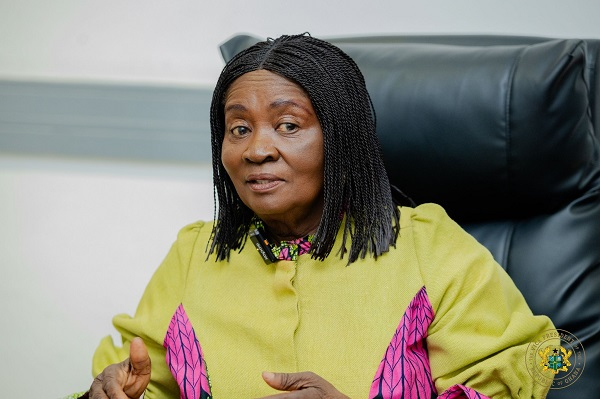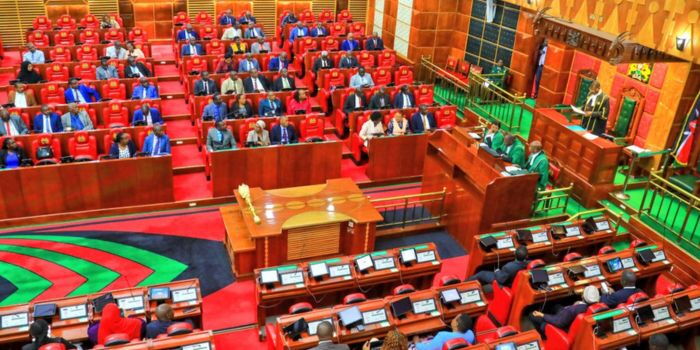Musokotwane expresses shock over population growth
Musokotwane expresses shock over population growth
ZAMBIA’S population has dramatically surged from 13.1 million in 2010 to 19.7 million in 2022, according to the 2022 Census of Population and Housing results announced by Finance and National Planning minister Dr Situmbeko Musokotwane.
In a ministerial statement to Parliament yesterday, Dr Musokotwane expressed shock over the surge in population, stating that government made every effort to ensure that nearly everyone in the country was counted, despite having faced some challenges.
He noted that the census, conducted between August 18 and September 21, 2022, was the first ever fully digital exercise which meant that it came with improved accuracy and efficiency.
“We extended the counting period to include individuals who may have been overlooked. While it is possible that some were missed, significant efforts were made to capture Zambia’s full demographic picture,” he said.
The results shared that Lusaka remains the most populous province, growing from 2.1 million in 2010 to 3.09 million in 2022, a 41.2 percent increase fueled by urban migration.
According to the minister, Copperbelt followed closely, rising from 1.9 million to 2.7 million with a 40.4 perfect increase, largely due to mining activities.
However, it is North Western Province that recorded the highest growth rate at 75.8 percent having expanded from 727,000 to 1.27 million people.
Meanwhile, Central Province grew by 73 percent while Luapula, Western and Muchinga all recorded increases above 50 percent.
Eastern and Northern Provinces saw moderate growth at 45.2 percent and 46.8 percent respectively.
The census also revealed that 26.1 percent of the population falls within the 19-34 age bracket, up from 25.6 percent in 2010.
Dr Musokotwane read that this signals a growing workforce with both opportunities and challenges in employment and education.
Additionally, Zambia’s median age has increased from 16.9 years in 2010 to 18.3 years in 2022.
The age dependency ratio which measures the number of dependents per working age individual dropped from 92.5 to 81.2, indicating a potential boost in economic productivity.
A total of 47,941 people were recorded as living in institutions such as orphanages, correctional facilities and hospices with the highest numbers in Lusaka (10,961) and Copperbelt (8,179).
Homelessness remains a concern, particularly in urban areas as Lusaka recorded 1,918 homeless individuals, while 1,427 were reported on the Copperbelt.
“The number of households in Zambia has increased from 2.5 million in 2010 to 4.1 million in 2022, reflecting population growth and changing living patterns. At the same time, household sizes are shrinking, with the national average dropping from 5.2 people per household in 2010 to 4.8 in 2022,” said Dr Musokotwane.
Urban households have seen the biggest shift, with the average size falling from 5.1 to 4.6 persons, suggesting a trend toward smaller family units, likely driven by economic factors and urbanisation.
The minister assured that census data would be freely available to policymakers, researchers, and the public.
He said more reports, including studies on child marriage, disability and housing conditions will be released by August 2025 to support informed decision making.
“As a government, we are proactively responding to these demographic trends to ensure an inclusive and resilient future for all Zambians,” added Dr Musokotwane.
The 2022 Census cost approximately K967 million, with over 90 percent of the funding sourced from the Zambian government.
The minister confirmed that all census workers had been paid, though some delays were experienced due to verification processes.
By Catherine Pule
Kalemba, March 5, 2025









